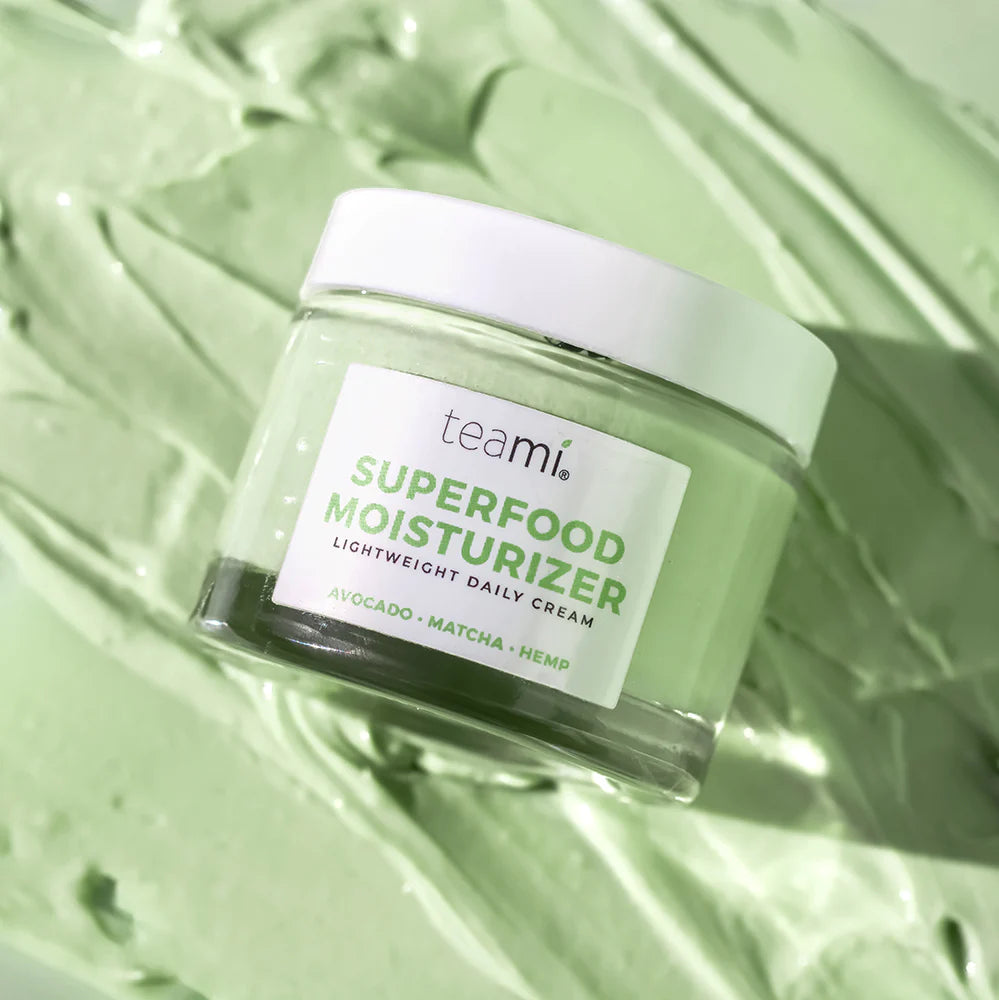Guide: How to Prevent Your Coffee Beans From Getting Moldy
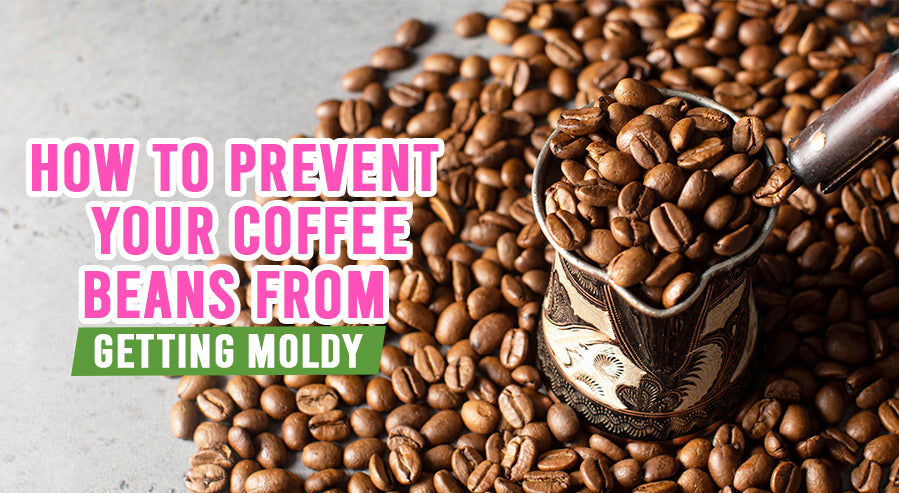
Every morning, a ton of people are on a mission for that perfect coffee kick. Believe it or not, it all starts with picking the right beans. Those little beans are the secret stars behind that amazing taste we all love in the morning. But watch out! Mold is the villain here. It can sneak up on you and spoil your beans, especially if they're not kept right, or you've left them somewhere they shouldn't be. Think about this: guide your friend in keeping those beans safe and sound.
Here's the deal: stopping mold in its tracks is super important. Why? Because keeping your beans safe is just saving them - and making your coffee taste incredible every single time.
I'm here to show you some simple yet effective ways to keep those beans fresh and flavorful, and I'm ready to make your every cup of coffee nothing short of amazing!
Mold Growth on Coffee Beans
Coffee lovers, listen up! I'm talking about why your coffee beans might be throwing a welcome party for mold and how you can crash it. Coffee beans love warm, moist places, but guess who else does? Mold.
And the battle begins as soon as those beans start drying. Leave them a bit damp, and you've basically rolled out the red carpet for mold.

Imagine that mold hitching a ride all the way to your kitchen. Gross, right? Some molds aren't a turn-off; they can actually make you sick, giving you anything from a mild tummy ache to serious trouble breathing. The thought alone of making a cup with moldy beans is enough to make anyone's skin crawl.
This is why picking your coffee is more than just picking a tasty blend. Going for quality beans and understanding their process from farm to cup can seriously cut down the chances of mold gatecrashing. Ever heard of wet processing? It's this cool technique that pretty much gets rid of the bean's mold-friendly jacket.
And when you're buying coffee, it might be tempting to stock up, but unless you're running a cafe, it's smarter to buy just what you need. Smaller batches mean fresher, mold-free beans.
How to Select Quality Beans
Picking the right coffee beans is a big deal for me, especially when I'm trying to dodge that sneaky mold. Here's my favorite strategy for getting it right every time. First up, organic beans are my options. Why? Because they're grown minus the nasty chemicals, which means they're both kinder to the planet, but they're also tougher on mold.
Where these beans call home matters a ton to me. I'm all about those Arabica beans that are relaxing in the highlands. Their taste? Unbeatable. Plus, the cool mountain air and special surroundings up there act as a natural shield against mold.
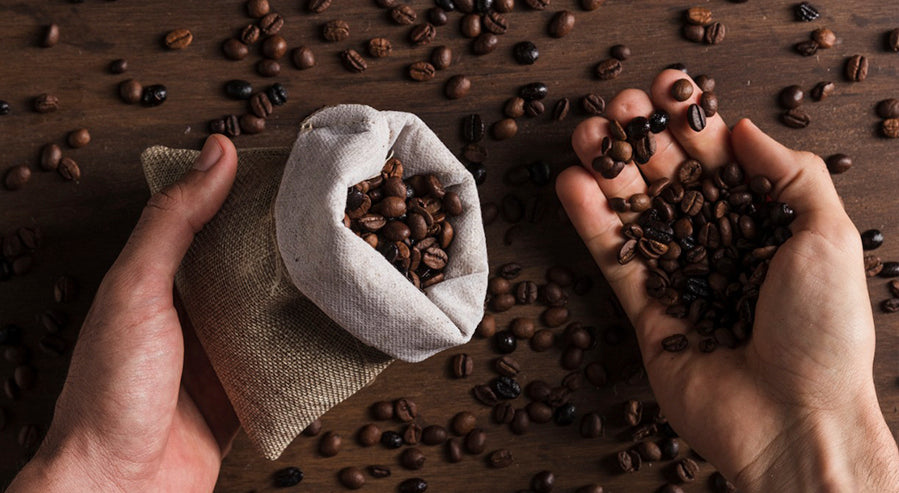
Dark roasts have my heart, both for their strong taste but because they're like a desert - not much moisture for mold to party in.
And how those beans are prepped makes a difference. I steer clear of the wet-processed ones. They're like a mold magnet because of all that moisture. Dry-processed ones are the way to go - they keep the mold at a distance and let the bean's true flavor shine.
The process of my cup matters, too. I look out for packages that are basically moisture bouncers, keeping the beans dry and cozy. Checking the roast date is part of my schedule. The fresher, the better since older beans are more likely to get moldy.
Right Storage Solutions
Keeping your coffee beans fresh and avoiding mold is pretty easy. Just use a non-see-through, airtight container or those special foil bags meant for coffee beans. Why? Because air, moisture, and light are like a welcome party for mold, we're not inviting them.
Here's a tip: stash your coffee beans in a cool, shady spot in your kitchen, far from the stove or any window that gets a lot of sun. Sunlight and heat? Not friends of your coffee beans, especially if you're trying to keep mold away.

Picking whole beans rather than ground is a smart move. Whole beans don't cozy up to moisture as much, which makes them tougher in the fight against mold. Plus, grinding your beans right before you brew them means they're exposed to air and moisture for less time.
And remember, light is not your coffee bean's friend, so those clear jars are out. Airtight containers are the way to go.
Don't let your coffee gear become a hangout for mold and bacteria. I learned the lesson the hard way: storing beans in the freezer without the right container is a big no-no. Mason jars or vacuum-sealed bags work very well, keeping your beans fresh without letting moisture sneak in.
Keep an eye - or nose - out for signs of mold, like a musty smell or a weird taste in your coffee. Spotting it early is important for keeping your coffee safe to drink and tasting good. Getting rid of mycotoxins is also a big deal for your health.
And let's not forget about your coffee maker. Keeping it clean and well-maintained is your top strategy for keeping mold at a distance. A clean coffee machine makes all the difference in preventing mold from crashing your coffee party.
Managing Moisture and Temperature
Keeping your coffee beans fresh and mold-free is important to enjoying an awesome cup of coffee every time. Believe it or not, the secret to this isn't rocket science; the goal is keeping them cool and dry.
Here's the full story: you absolutely need an airtight container. This is your best bet in the battle against moisture. And the fridge isn't going to cut it. It might seem like a good spot, but it actually invites mold, thanks to condensation. If you're thinking long-term, go for the freezer instead. Stash your beans in vacuum-sealed bags or snug Mason jars to really keep that moisture at a distance. Just remember to let them thaw out a bit before making.
You might be tempted to just shove them in any old spot, but are they in places like bathrooms or next to the dishwasher? Major no-no. They're basically mold parties waiting to happen because of the dampness and warmth. Seriously, the FDA backs this up; stick to a cool, dry place instead.
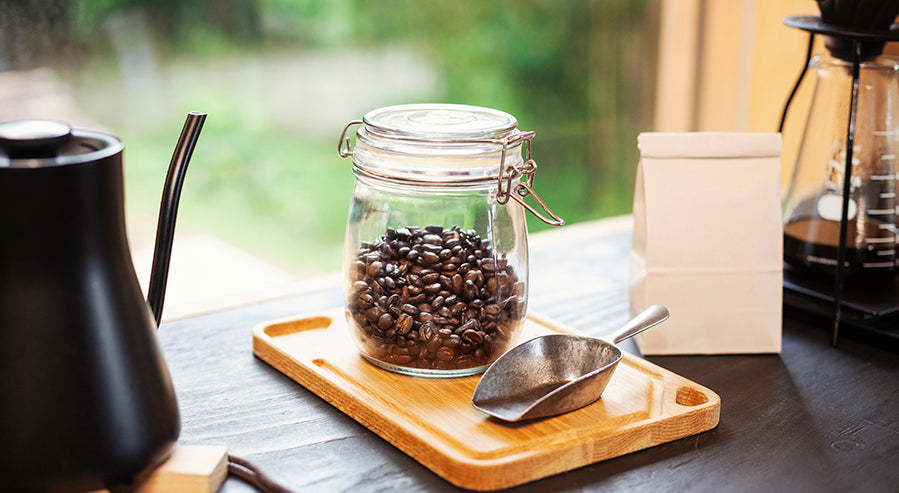
Picking high quality beans is also a good idea; shoot for the lab-tested, organic, or biodynamically grown ones. They're tougher against mold because of how they're grown and handled.
Here's something interesting: regular coffee might actually be your friend against mold compared to decaf, thanks to caffeine's natural mold-fighting powers. Also, the way your beans are processed matters. Wet processing is great at keeping those beans fresh, safe, and mold-free.
Cleaning and Regular Use
Keeping your coffee beans fresh and mold-free is simpler than you might first think - it all starts with a little know-how about where they come from. Let's face it, coffee beans really dislike being wet and warm, and they're not big fans of being stored badly either. But there's a bit more to it than avoiding these no-nos.
The whole trip your coffee beans take, from the high mountains they're grown on to the moment they hit your cup, is super important. Going for beans grown on high-altitude farms that keep a tight ship on quality is a smart move. It's not about splurging on the priciest beans but finding ones from farms that know their things. Basically, you're looking for the best neighborhood for your beans to call home.
The way your beans are processed matters, too. Wet processing might sound like a good idea for taste, but making sure those beans are bone dry afterward is important to keeping mold away. The goal is to pick processing methods that keep those beans dry as a bone.
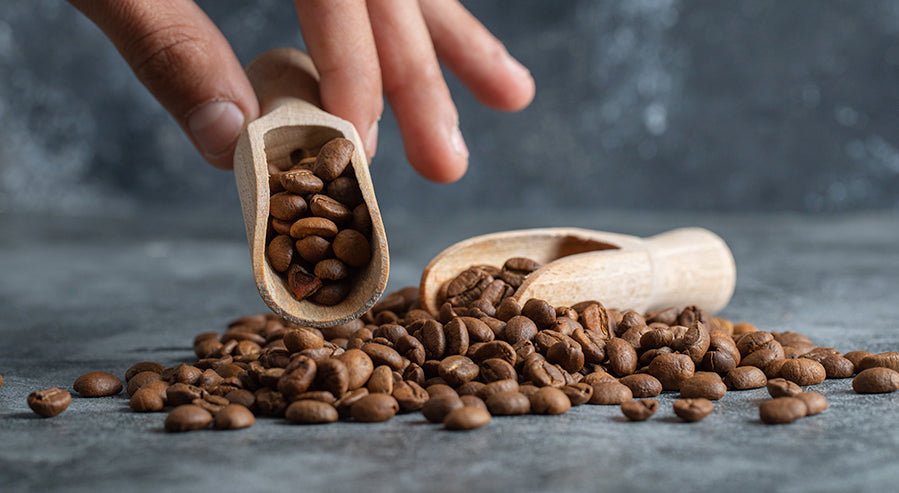
When we get into the packaging debate - bulk bins versus sealed bags - I'm all in for sealed bags with a one-way valve. They let the beans breathe without letting in air or mold. Plus, quality packaging usually means your beans stay fresher and longer.
Once you have your beans, storing them in an airtight container is your next move to lock in that freshness and fend off any mold.
But don't let your coffee gear feel left out. Keeping your equipment squeaky clean is a big deal, too. The dream team of sparkling clean equipment and on-point storage is your great way to make sure your beans stay fresh, tasty, and totally mold-free.
How Can You Spot Moldy Coffee Beans?
Checking if your coffee beans are still good to go is just about taste - and keeping your morning schedule safe. Moldy coffee is the last thing anyone needs. If your beans are looking odd, maybe sporting some green or off-white places, and smell funky, they're probably not okay to use. Spotting weird colors or a strange smell on your coffee beans? That's your cue to not brew them.
Did you find mold or something off with your beans? Honestly, just toss them. Is it really worth the risk? Mold is icky; it can churn out mycotoxins, which are bad news for your coffee but possibly worse for your health.
Sure, a little mold isn't likely to send you to the ER, but why gamble?
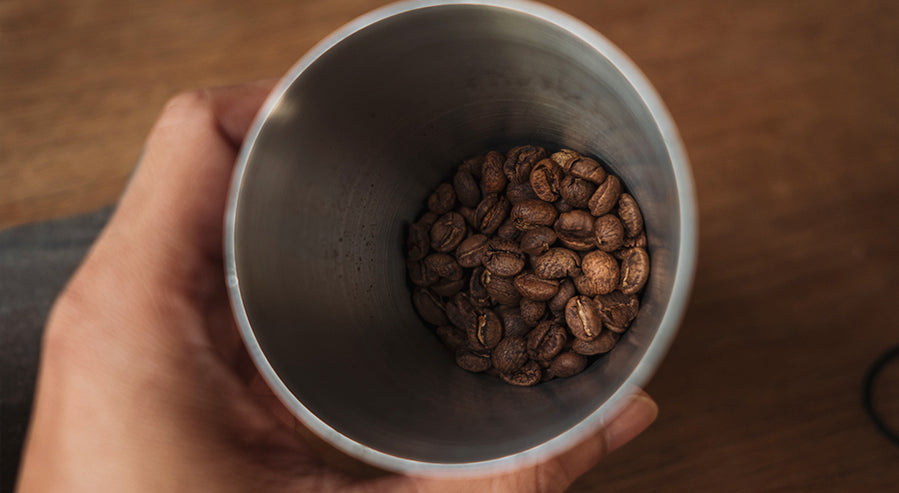
Going for quality beans, specifically the ones rated 80 or above, says you care about your coffee. It also means you're picking beans that are less likely to host mold. My favorite? Organic or biodynamic beans, or those that were treated wet. These beans have pretty much a shield against mold.
How you store your beans matters a ton, too. I keep mine in an airtight container, far from light or moisture - mold's best pals. And even though it might seem clever to chuck them in the fridge or freezer, that's actually a mold magnet.
And your coffee maker can turn into mold central if you leave it wet. Cleaning it is both for the sake of taste or hygiene - and keeping your health in check because, let's face it, moldy coffee makers and good health don't mix!
Clean Your Coffee Maker
Keeping your coffee gear sparkling is a good look - and making sure every cup of coffee is as fresh and tasty as the last. Just like you stash your beans in a cool, dry place to keep them fresh, you have to give your coffee machines the same love and attention.
Here's my favorite trick for a squeaky-clean machine: mix up equal parts vinegar and water and run it through your coffee maker just like you're making your morning brew. Pop a paper filter in there to catch any gunk. After you've run it through, let your machine take a 30-minute break, then hit it again with the vinegar mix. Finish off by running fresh water through it a couple of times so your next cup doesn't taste like salad dressing.
Have a Keurig or something similar? Skip the pod and follow these steps for a clean machine, especially if it's looking a bit grimy - you might want to up the vinegar for a deep clean.

For the day-to-day, give your carafe, lid, and basket a bath with some warm, soapy water. If you have some stubborn gunk, get some rice in there - it's surprisingly good at scrubbing out the tough places. And don't just stop at the inside - give the outside a wipe to keep it looking sharp.
Keeping up with cleaning cuts down on mold and keeps your machine ready for your next brew. Want to deep-clean every two weeks and give it a quick rinse after every use, especially if you're making every day.
Also, if you have an automatic machine, don't let the used grounds sit - dump them out daily to steer clear of mold!
Finding The Perfect Blend
Keeping your coffee beans fresh and away from mold is all about where you stash them. Plus, remember to give your coffee gear a good scrub now and then. This little bit of effort makes your beans last longer and keeps them from being a health hazard.

Want to make your mornings very easy? Teami is on your side. If you're chasing a dream of losing weight, catching better Z's, amping your immune system, or just wanting your skin to glow like the morning sun, we have just the product for you.
Swing by our shop and check out our natural goodies designed to improve your health.
Subscribe to our Newsletter
Subscribe to our newsletter and get 10% off your first purchase
 Instagram
Instagram



